Mountain House was so named because it is at the highest elevation (1,220 feet) on the road between Cloverdale and the coast.
Mountain House served as a stagecoach stop and rooming house for travelers. Many travelers were transporting tanbark (from which tannic acid was extracted for tanning leather), sheep, cattle, and crops to the railhead in Cloverdale. Depending upon where in Anderson Valley they started, the trip to Cloverdale would take two or more days.
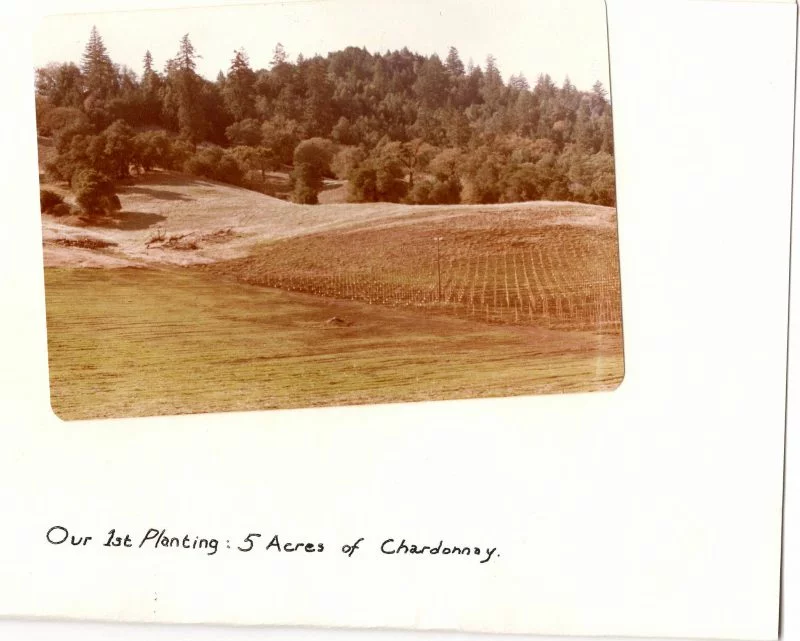
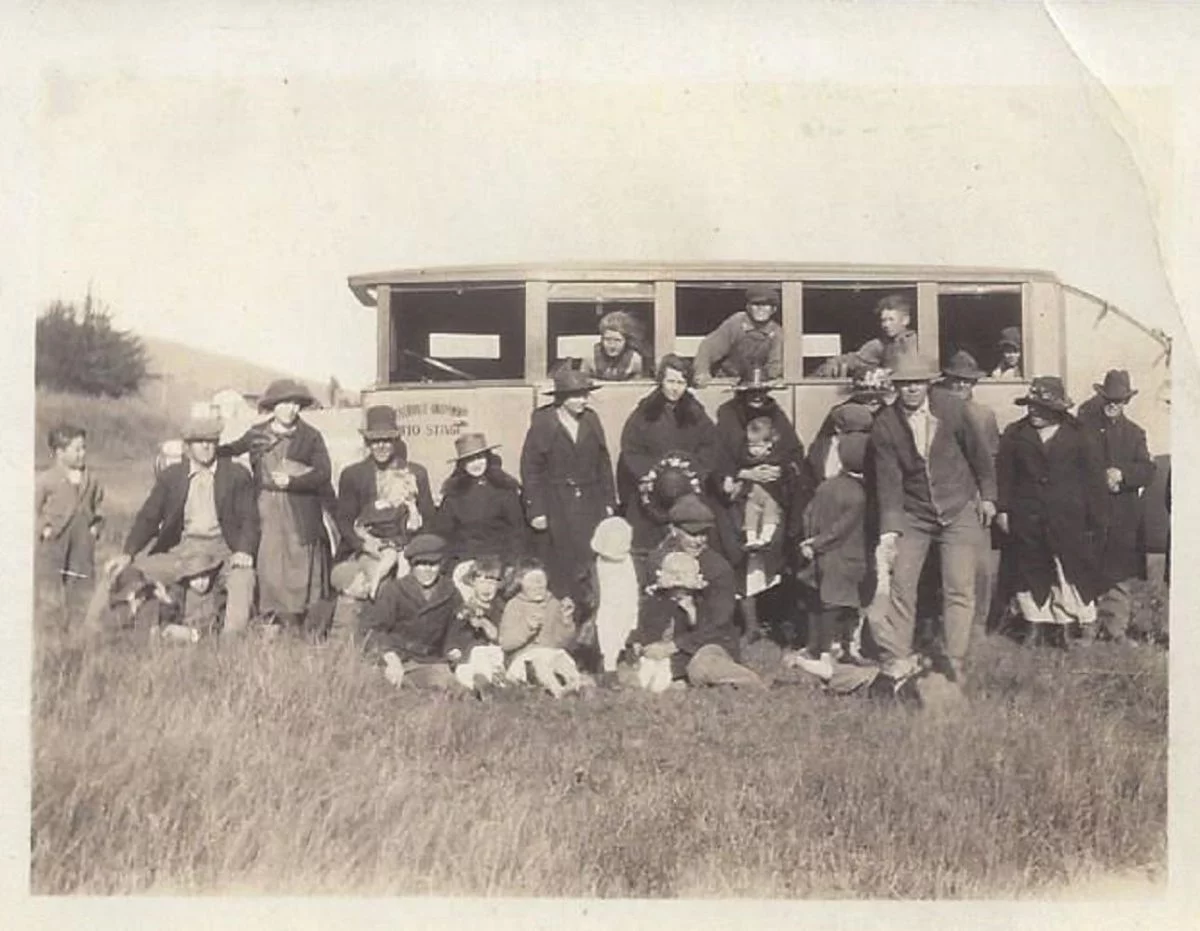
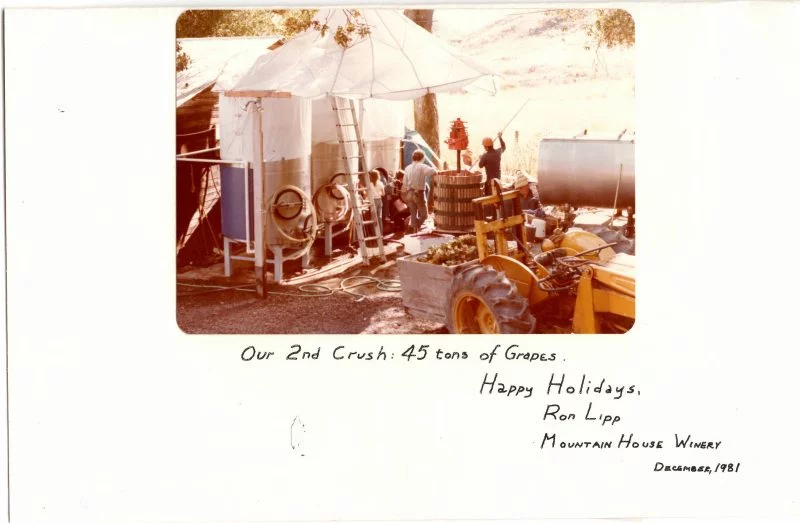

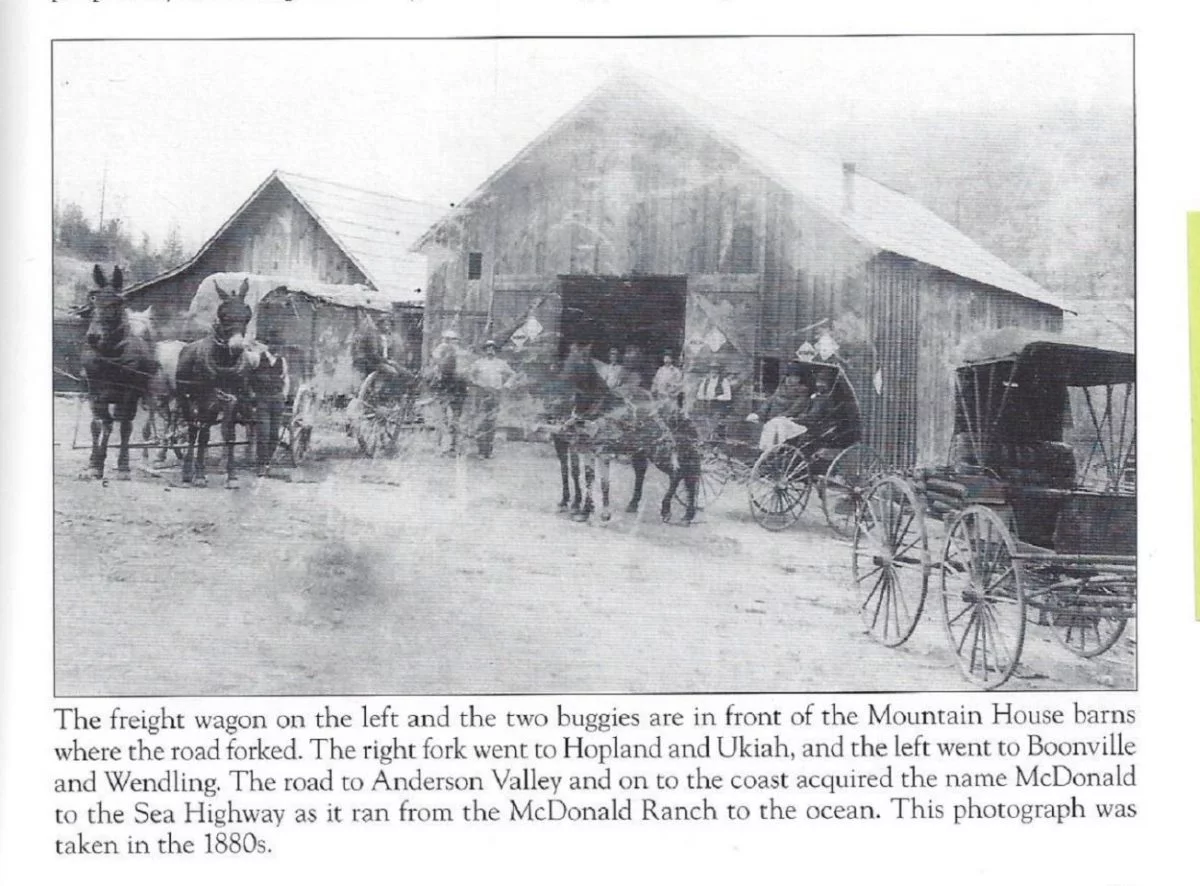
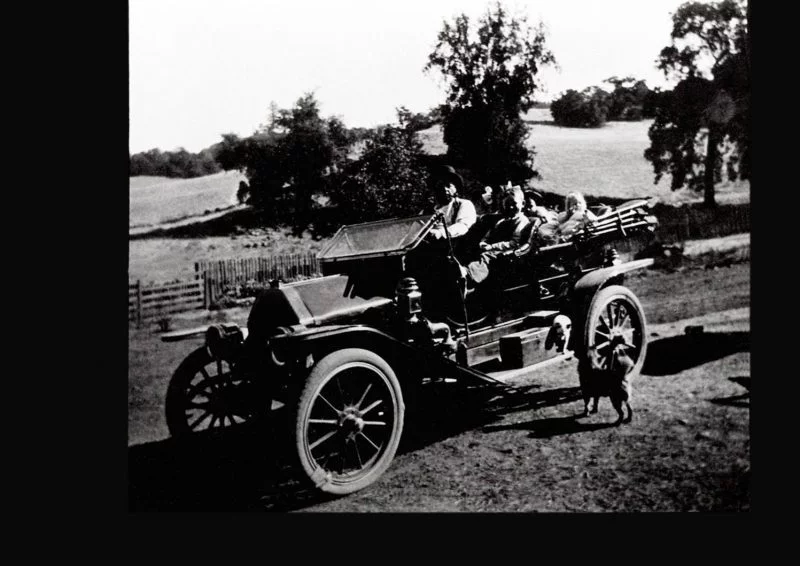
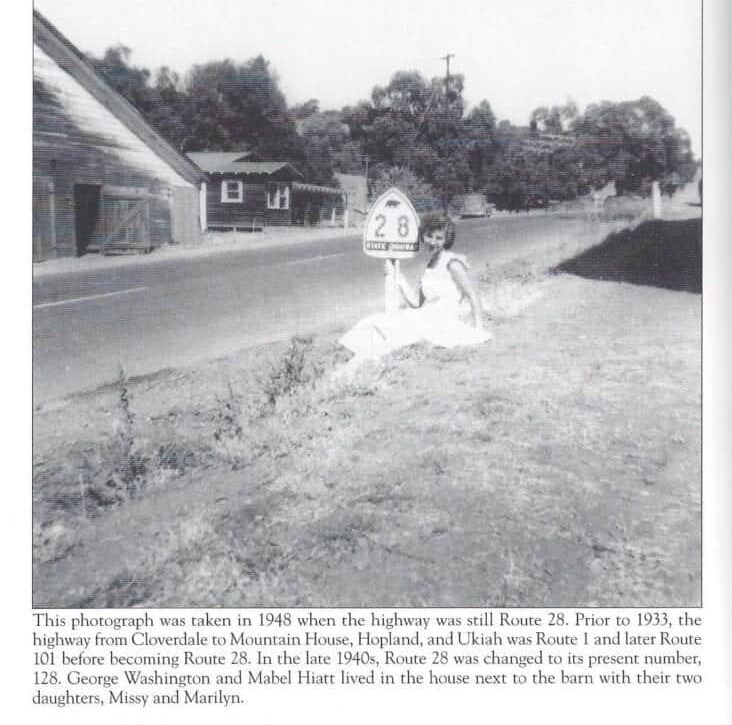
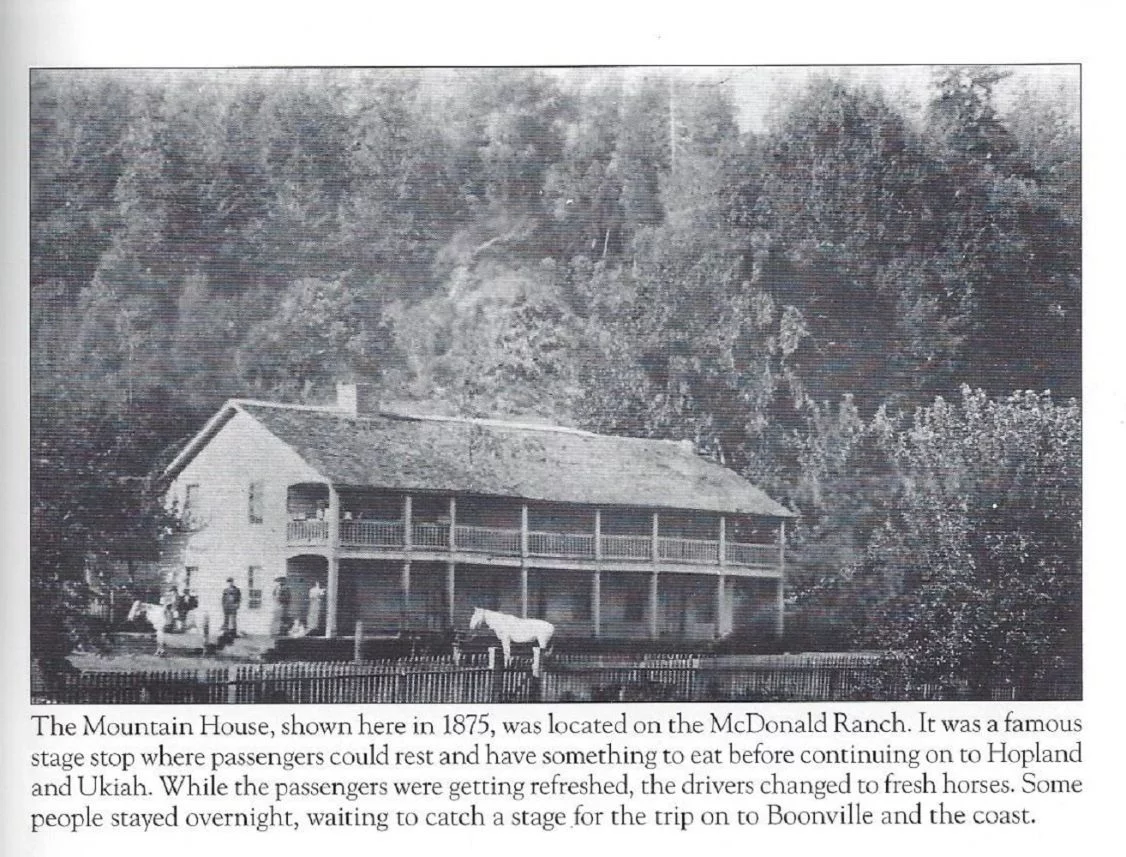
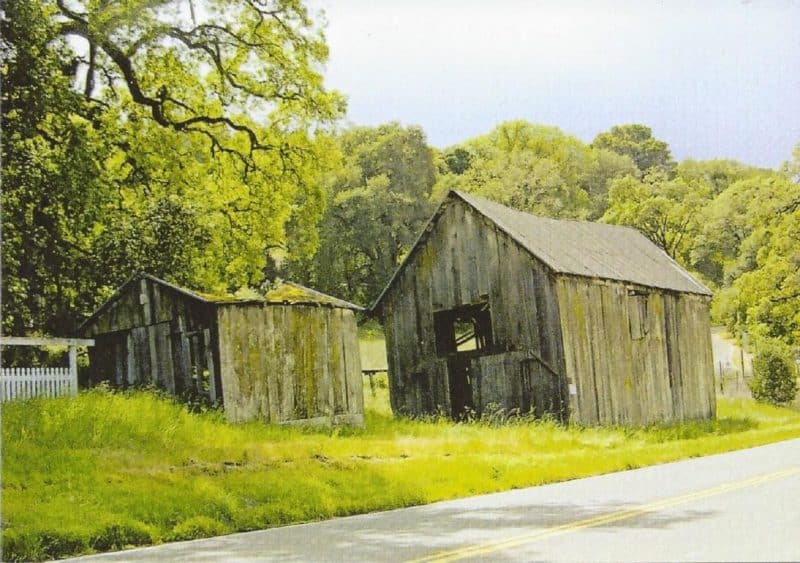
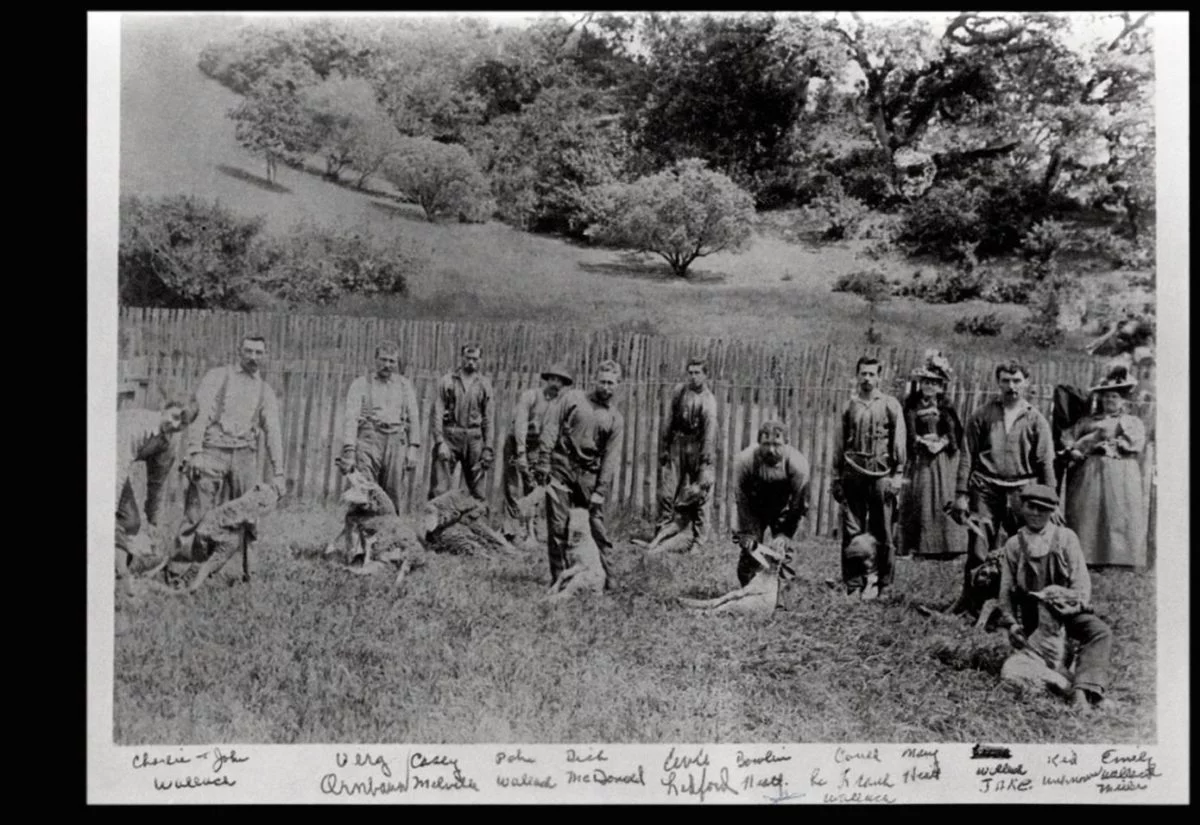
Timeline
Pomo Indians of Sanel Valley
Long before Europeans entered the picture, the Sanel Valley was the home of native peoples. Archeological evidence of their presence can be found throughout the area.
Rancho Sanel Land Grant
In 1844 Governor Manuel Micheltorena granted 17,754 acres along the Russian River to Fernando Feliz. The land grant encompassed Hopland’s present-day town and included the property that would later become Mountain House Estate.
After a heated debate in the U.S. Congress, arising out of the slavery issue, California became the 31st State through the Compromise of 1850 as a free, non-slavery state.
The McDonalds 1859-1900
Alexander McDonald was born on October 5, 1814, in New Jersey. Of Scotch and Dutch descent, he was reared by his grandfather when his father’s death left him an orphan in very early life. He moved to New York City in early life and acquired business interests of considerable importance.
At the outbreak of the Mexican-American War (1846-1848), McDonald enlisted in the service of his country in the New York regiment of Colonel Stevenson. In 1847 the regiment was ordered to the southwest. McDonald participated in the long marches and participated in the campaigns as a Sergeant Major. He was honorably discharged in San Francisco and relocated to the city of Sonoma where he engaged in the mercantile business. While in Sonoma he met Mrs. Anna (Smith) Scott and married her in 1850. This union resulted in the birth of 8 children (Mary (Peck), Alice (Byron), George, Richard, James, Lillian (White), Flora (Cooper), and Anna (White) between 1851 and 1871.
(Historical reference: The Civil War was fought 1861 to 1865)
In 1859 the McDonalds moved to Mendocino County and established the McDonald Ranch, also called Mountain House Ranch. They raised sheep and cattle, and operated the Mountain House Inn, aka the McDonald Hotel, and stage stop. The modern-day Mountain House Estate is located on a portion of the original McDonald Ranch. Proprietors John Alden and Lane Nittler endeavor to continue the tradition of hospitality with their wedding venue, started by the McDonalds over one hundred and fifty years ago.
Upon the passing of Anna (1877) and Alexander (1880) McDonald, Mountain House continued operations under the ownership of their son Richard (Dick) McDonald. The original Mountain House, also known as the McDonald Hotel, burned to the ground in June 1892. A defective flue in the kitchen was the cause of the fire. The loss was in excess of $3,000, however, the property was only insured by Home Mutual for $1,800.
The Haehls 1900-1910
At the turn of the twentieth century (1900) the McDonald Ranch was purchased by Ed Haehl. In the early 1900s, Mr. Haehl built the Victorian-style house that still stands today on the south side of the highway. (aerial photo #1)The tall timber frame construction barn to the west of the Victorian on the south side of the highway, (aerial photo #8), was used as a storage barn for farming equipment on the lower level, and hay was kept in the upper level.
The Hiatts 1910 to 1972
In 1910, Mr. Ed Haehl sold the ranch and house to Mr. E. Bowlen (EB) Hiatt, and his wife Mary. The funds that EB used to purchase the property were proceeds from the sale of the Yorkville Hotel after the death in 1909 of EB’s father Elijah Monroe Hiatt (EM) and mother Elizabeth.
(Historical reference: World War I was fought from 1914 to 1918)
EM Hiatt figures heavily in the story of the naming of Yorkville. There was a card game between EM and Mr. York for naming rights to the area. Obviously, Mr. York won the game, and EM never allowed card games to be played in his house again.
The Highlands portion of the Yorkville Highlands name derives from “Highrollers,” a term used by locals in the Boontling dialect. Men from the Yorkville Highlands area were called “high rollers.” Some informants relate that when these men came to Boonville they wore coveralls over their suits during the ride in and often neglected to roll their suit pants legs down after removing the coveralls. Others say they were “high rollers” in the American slang implications of drinking and gambling. The topography if the area is that of high, rolling hills. Perhaps all the accounts have a mutually reinforcing effect on the term. The building along the creek (aerial photo #10) was added for the Delco plant, a generator that provided light for the home. A laundry room with a stove to heat water, a washing machine, and two tubs for rinsing were also located in this building. The clothesline hung just outside.
GW Hiatt would rent out deer hunting rights on the property to various people, and they used the “skinning shed” (aerial photo #6). When the pond was built (after 1972) the shed was demolished and the present cottage was built. In front of one of the current cottages (aerial photo #4) stood a large redwood water tank that captured spring water for use on the property. It was demolished in 2012.
Upon the death of EB Hiatt on Nov. 10, 1929, the ranch was passed to his three children, Maxwell, George Washington (GW), and Gertrude Hiatt. GW’s mother, Mary Hiatt resided in the home as a life tenant until her death on Dec. 26, 1959 at the age of 87.
Upon his graduation from Cloverdale High School in 1923, GW set about building a gas station on the north side of Highway 128 opposite the Victorian house (aerial photo #1). GW built a small house attached to the rear of the gas station on the north side of Hwy 128 (aerial photo #11). Originally it consisted of a kitchen, bathroom, and sleeping porch. GW Hiatt added a front porch and office to the home in the 1940s. GW married Mabel and they raised two daughters, Marilyn and Mabel (Missy) in the house. Currently (2016) painted yellow and known as 39000 Hwy 128, Greg and Marti Lawrence now own the house.
“This was the Mountain House Service Station 8 miles out of Cloverdale on what was then Highway 101. The station closed when River Road was completed between Cloverdale and Hopland and the highway from Cloverdale to the Mountain House became what is now Highway 128. The road from the service station to Hopland has now become Mountain House Road and is a county road. This picture was taken before my parents were married in 1930. Dad ran the Service Station as well as the ranch at that time. “When I was about 5 years old in 1936 one of my first jobs was to pump gasoline into the gas pump.” –Marilyn Hiatt
Besides operating the service station, GW worked for the County using a horse-drawn grass cutter to cut the grass along the sides of the highway, and as a lineman for the County maintaining the rural (party) telephone lines. Neither of GW’s siblings had any children.
There was a large barn on the north side of the highway, to the west of the home built by George Washington Hiatt. This barn functioned as a horse’s stable and housed their hay, tack, and coaches. Marilyn Hiatt remembers this barn fondly as a play area. Behind the barn was a pasture for the horses. Wes Smoot took a picture of the barn in May 2011. The barn fell down only weeks later and barn wood from the barn was used by the Lawrence’s son in his bay area bar.
Historical reference: the Great Depression was from 1929 to 1933, and World War II was fought from 1939 to 1945)
Marilyn and Missy Hiatt attended Gaskill School in its original location. In 1944 Marilyn graduated from elementary school and continued her education at Cloverdale High School.
In 1936 a new stretch of Highway 101 was opened. The Cloverdale-to-Hopland bypass follows the Russian River. With traffic rerouted, business suffered and the Mountain House gas station was closed.
After the gas station was closed, EB’s son, GW Hiatt built a large garage with gasoline tanks in the back of the yard of the Victorian home. The foundation is all remains now. A shed to the west of the Victorian was used as the garage for Mary Hiatt’s car. (aerial photo #14) To the east of the Victorian house, Mary Hiatt had her vegetable garden.
During the years of WW II, one of the hired hands was drafted into the Army. Ed Haehl’s son, Eddie, who helped GW Hiatt around the ranch, went into the Air Force. It was during this time that Marilyn Hiatt stepped up and began driving teams of horses, milking the cows, and helping with general chores. Although she was able to drive a team of horses, Marilyn didn’t learn to drive a car until age 40.
In 1945 when Marilyn was just 13, she helped her father build two more bedrooms at the back (east side) of their home. Years later, after the Hiatt’s sold the property, the porch was enclosed.
At 18 years of age (1949), Marilyn Hiatt married and moved away from the property. Marilyn’s two children would come to visit their grandmother, Mary at the Victorian house, and on at least one occasion, stayed the summer.
Transition 1972 – 1979
The Hiatt’s sold the ranch in 1972. The eastern portion was sold to the Living Communion Church, and the western portion, including the Victorian house, was sold to Realtor Jim Johnson of Healdsburg. Mr. Johnson subdivided the land and resold the parcels.
Johnson related that the home was in disrepair and said to be in such poor condition that open sky showed through the holes in the roof, down to the foundation. After repairing the home, Johnson sold the property to Dr. David Holbrooke, a Sausalito physician, who intended the property as a vacation retreat. Holbrook built the 9 acre-foot pond at one end of the property, had second thoughts, and sold the property to antitrust attorney Ron Lipp and partners in 1979.
Mountain House Winery 1979 – 1986
Ron Lipp, working with partner Michelle Turner, planted 5 acres of Chardonnay grapes on the Mountain House Estate property, after which Mountain House Winery became bonded on Sept. 11, 1980. History of the winery can be found at www.mountainhousewinery.com. The last vintage of Mountain House wines was 1985.
Page’s 1986 – 2010+-
The property was sold to a partnership headed by Michael and Arlene Page. Michael Page was a building contractor, having constructed homes in Lake and Sonoma Counties. Their vision was to build a conference center, winery and other facilities on the 80-acre property. The original grand plans included a conference center with weddings, tennis courts, putting green, a swimming pool, multiple small cabins, winery, vineyard, tasting room, and B&B operations.
The Pages subdivided the property into two 40-acre parcels and began the process of obtaining Mendocino County Use Permits for their intended uses. After some effort, the Use Permits were obtained in 1994, and construction began.
On the western parcel, the Pages restored the existing home built in 1900 and built several cabins. They built the conference center on the eastern parcel with a pond, winery, tasting room, and a home. Money started to run short, and the Pages sold the western parcel in 2003 to David and Linda Gates. The financial troubles continued, and when the real estate market in California took a downturn in 2008, the bank foreclosed on the over $2 million dollar mortgage on the eastern parcel.
The unfinished property sat vacant for about 6 years, during foreclosure, and thereafter while owned by a Texas bank. With multiple issues (no working septic system, no water system, and dirt roads), the property sat on the market until April 2012 when John Alden purchased it.
- Anderson Valley Land Trust, Fall 2007 article by Barbara Goodell
- Anderson Valley Advertiser article by Marshall Newman dated Jan. 28, 2015
- Kelley House Museum article by Chuck Bush
- An Anderson Valley Journey, Then and Now by Wes Smoot and Stephen Sparks
- History of Mendocino and Lake County, by A.O. Carpenter, published in 1914
- Recollections of Marilyn (Hiatt) Heitz in 2018
- Letters from Missy (Hiatt) Iverson to Michelle Turner dated 1982
- Letters and other materials from Michelle Turner and Ron Lipp, 1979 – 2020
Mountain House Estate 2012 – present
John Alden and Lane Nittler began by obtaining permits to correct the various issues on the property. First came remodeling the home, which had extensive water damage. Septic systems were repaired, an interest in the most extensive well in the valley was purchased, and roads were widened and coated with over 1500 tons of rock. John and Lane moved into the house in 2013, and John turned his attention to building a hobby shop for his vintage cars. Upon completing the shop, seating was built into the natural Oak tree amphitheater now known as the Oak Tree Terrace, raised garden beds were installed using recycled materials, a pond with a lit fountain was built, and new buildings were constructed.


